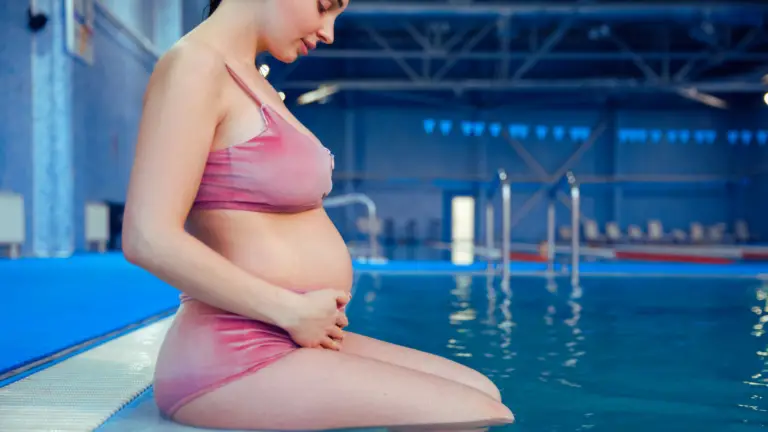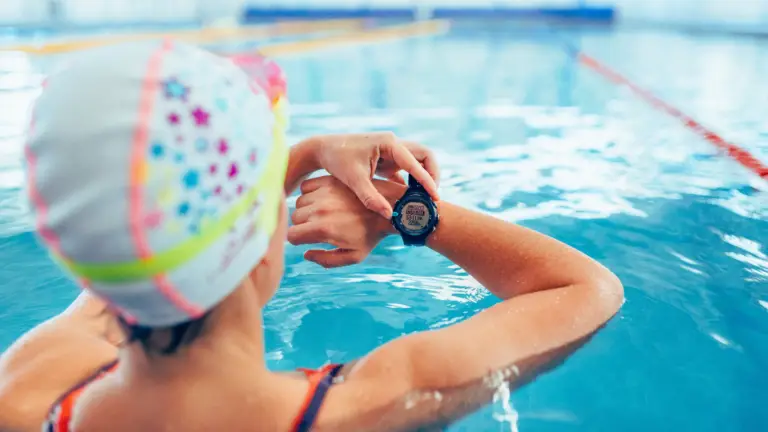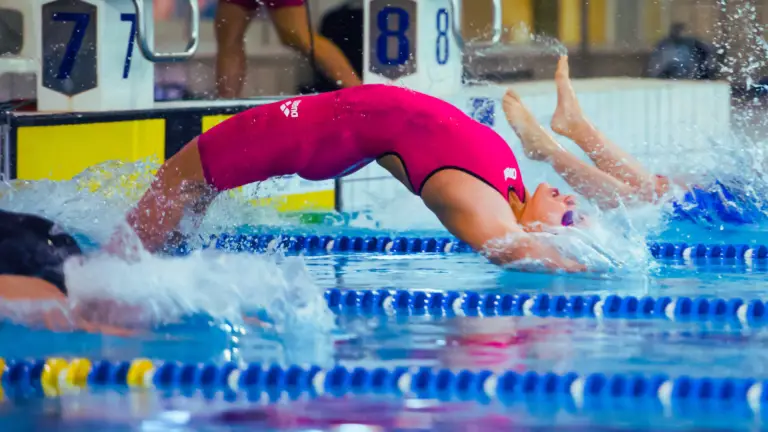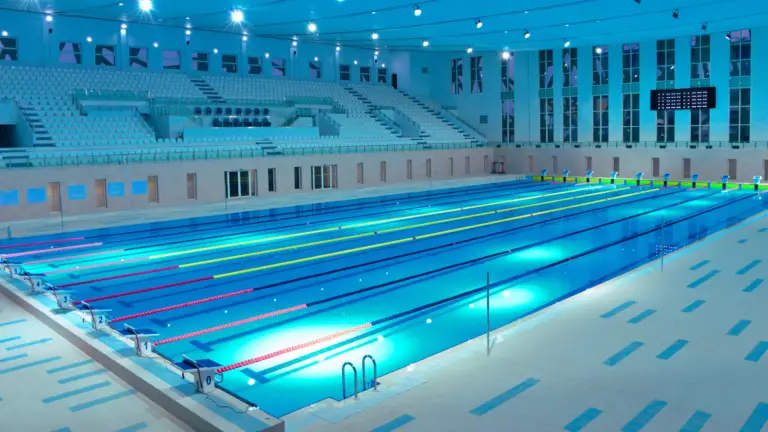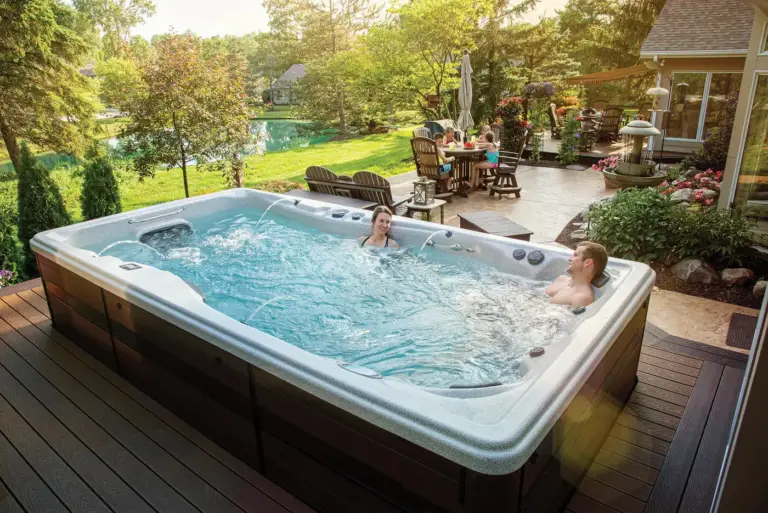Swimming pool temperature is more than just a matter of comfort. It plays a crucial role in ensuring the safety and health of swimmers and the longevity of the pool itself. This article aims to provide a comprehensive guide on the perfect pool water temperature, its importance, and how to maintain it.
The Science Behind Water Temperature
Pool water temperature refers to the degree of heat of the water in a swimming pool. Maintaining the right pool temperature is essential for several reasons.
The water temperature in a swimming pool can significantly impact the water’s properties and the swimmer’s body. Warmer water tends to feel softer and less dense, while colder water feels harder and more dense.
On the human body, warmer water can relax muscles but may also lead to overheating and dehydration. On the other hand, colder water can be refreshing but may cause muscle cramps and hypothermia if too cold. It’s important to understand these effects when considering the ideal pool temperature.
For more detailed information on how temperature affects the human body, refer to the CDC guidelines on pool temperature.
Ideal Temperature Range For Swimming
The perfect temperature range for a swimming pool varies depending on several factors. These include the type of use (recreational or competitive), the age and health of swimmers, and the outdoor temperature.
When your pool water heats up to around the 85°F mark, bacteria, and algae get comfortable and start reproducing at exponential rates. Therefore, keeping the temperature within the ideal range is crucial to prevent such issues.
High temperatures can lead to excessive evaporation, causing a significant loss of water and increased water bills. On the other hand, low temperatures can make the pool uncomfortable to swim in and may even pose health risks such as hypothermia.
The ideal pool temperature can vary depending on the type of swimming activity:
- Leisure swimming: For casual, leisurely swimming, a warmer temperature of around 85-87°F (29-31°C) is often preferred.
- Exercise swimming: For swimming laps or other forms of exercise, a slightly cooler temperature of 78-82°F (25.5-28°C) is recommended to prevent overheating.
- Competitive swimming: For competitive swimming, the recommended temperature is typically around 77-82°F (25-28°C).
These are general guidelines and may need to be adjusted based on individual comfort and health considerations. For more information on competitive swimming standards, you can visit USA Swimming’s competitive swimming standards.
Factors Influencing Ideal Pool Temperature
Several factors can influence the ideal pool temperature:
- Age and health of swimmers: Young children and the elderly prefer warmer water, while healthy adults prefer cooler water. Individuals with certain health conditions may also have specific temperature needs.
- Outdoor weather conditions: The outdoor temperature and sun exposure can affect the pool temperature and the perceived comfort of swimmers.
- Type of swimming activity: As mentioned earlier, different swimming activities may require different water temperatures.
Achieving and Maintaining the Best Pool Temperature
Achieving and maintaining the desired temperature for your pool is essential to ensure maximum comfort and enjoyment. The ideal pool temperature varies depending on your location and personal preference but typically ranges between 78°F and 82°F. To achieve and maintain this temperature, it’s important to invest in a high-quality pool heater or heat pump and regularly monitor the temperature of your pool. It’s also crucial to keep your pool covered when not in use to prevent heat loss and conserve energy. With proper care and attention, you can use your pool all year round and ensure it is always at the perfect temperature for swimming, relaxing, and entertaining.
How to Measure Your Pool Temperature
Measuring pool temperature is a straightforward process requiring the right tools. The most common tool used is a pool thermometer. Different pool thermometers are available, including digital, analog, and infrared thermometers.
A digital thermometer provides a quick and accurate reading, while an analog thermometer, though slower, is often more durable. Infrared thermometers allow you to measure the temperature without touching the water, providing instant readings.
Regular temperature checks are essential for maintaining the perfect pool temperature. It helps detect any drastic temperature changes that could affect the comfort of swimmers or the pool’s health.
Controlling Pool Temperature
Controlling pool temperature involves various techniques and tools. Pool covers, for instance, can help maintain the pool temperature by reducing evaporation, which is a significant source of heat loss. On the other hand, pool heaters and solar pools can help increase the temperature when necessary.
Energy and money-saving tips related to pool temperature control include:
- Using a pool cover to reduce heat loss.
- Investing in a solar pool heater to utilize renewable energy.
- Regularly checking and adjusting the pool temperature to prevent unnecessary heating or cooling.
The Perfect Pool Temperature for Different Uses
The ideal pool temperature can vary depending on its use. A warmer temperature, typically between 83°F and 88°F, is often preferred for leisure use. This range provides a comfortable swimming environment for relaxation and fun.
For competitive swimming, a slightly cooler temperature is recommended. According to the American Red Cross, the ideal temperature for competitive swimming is 78°F. This cooler temperature helps keep the body from overheating during intense physical activity.
Seniors and children may require a warmer pool temperature. Warmer water can help keep their muscles warm and loose, reducing the risk of injuries. For children, using the pool temperature of 84°F to 86°F is generally recommended, while for seniors, a temperature of 86°F to 88°F is often ideal.
In conclusion, understanding how to measure and control pool temperature and knowing the ideal temperatures for different uses can help ensure a safe and enjoyable swimming experience for all.
FAQ
Here are answers to some common questions about pool water temperature:
Conclusion
Maintaining the perfect pool water temperature is crucial for the swimmers’ comfort and the pool’s health. It involves understanding pool water temperature, knowing the ideal temperature range, measuring and controlling the temperature, and adjusting it based on the pool’s use. Regular checks and adjustments can help ensure a safe and enjoyable swimming experience. Remember, the perfect pool temperature is about comfort, safety, and efficiency.


